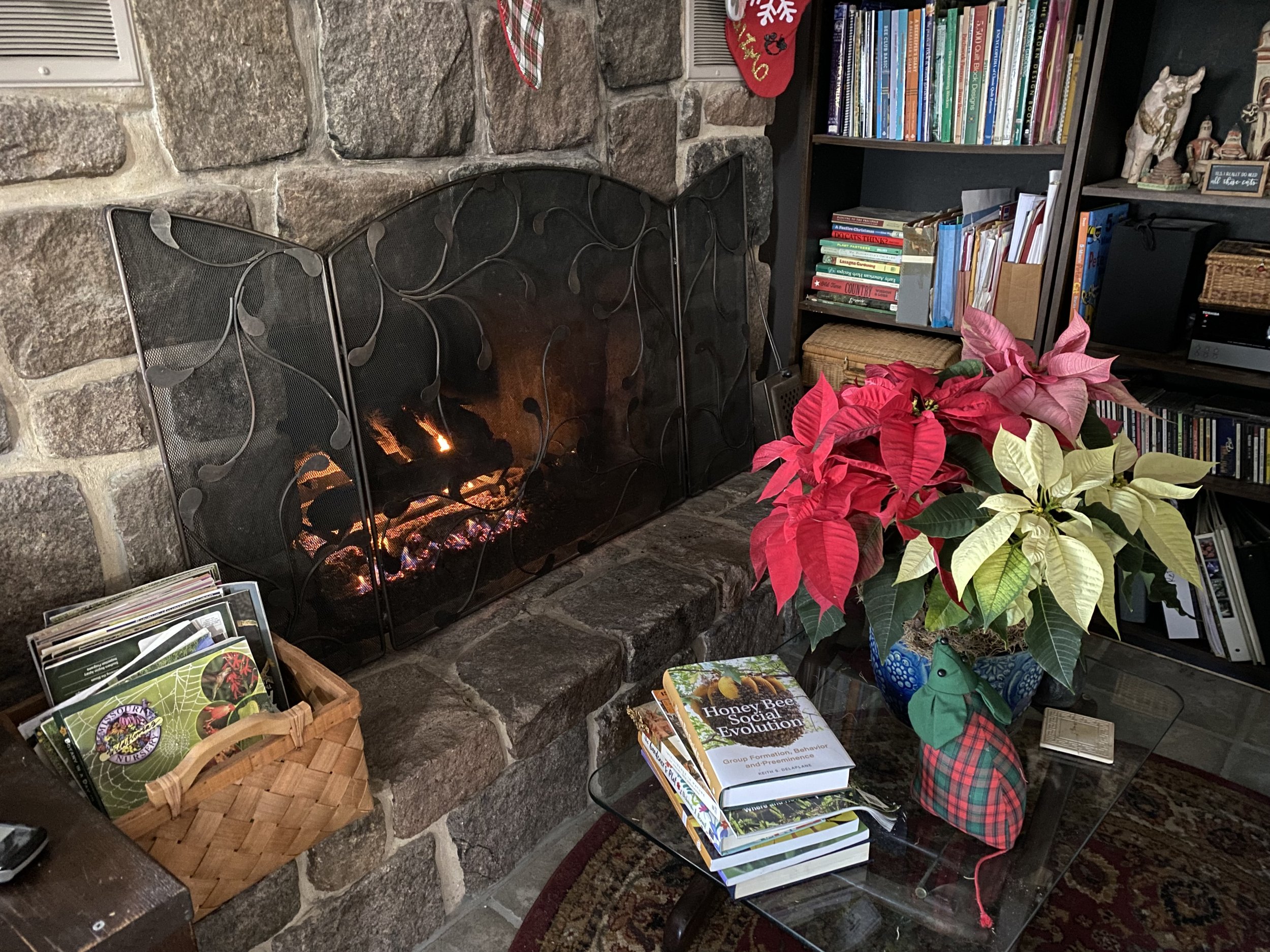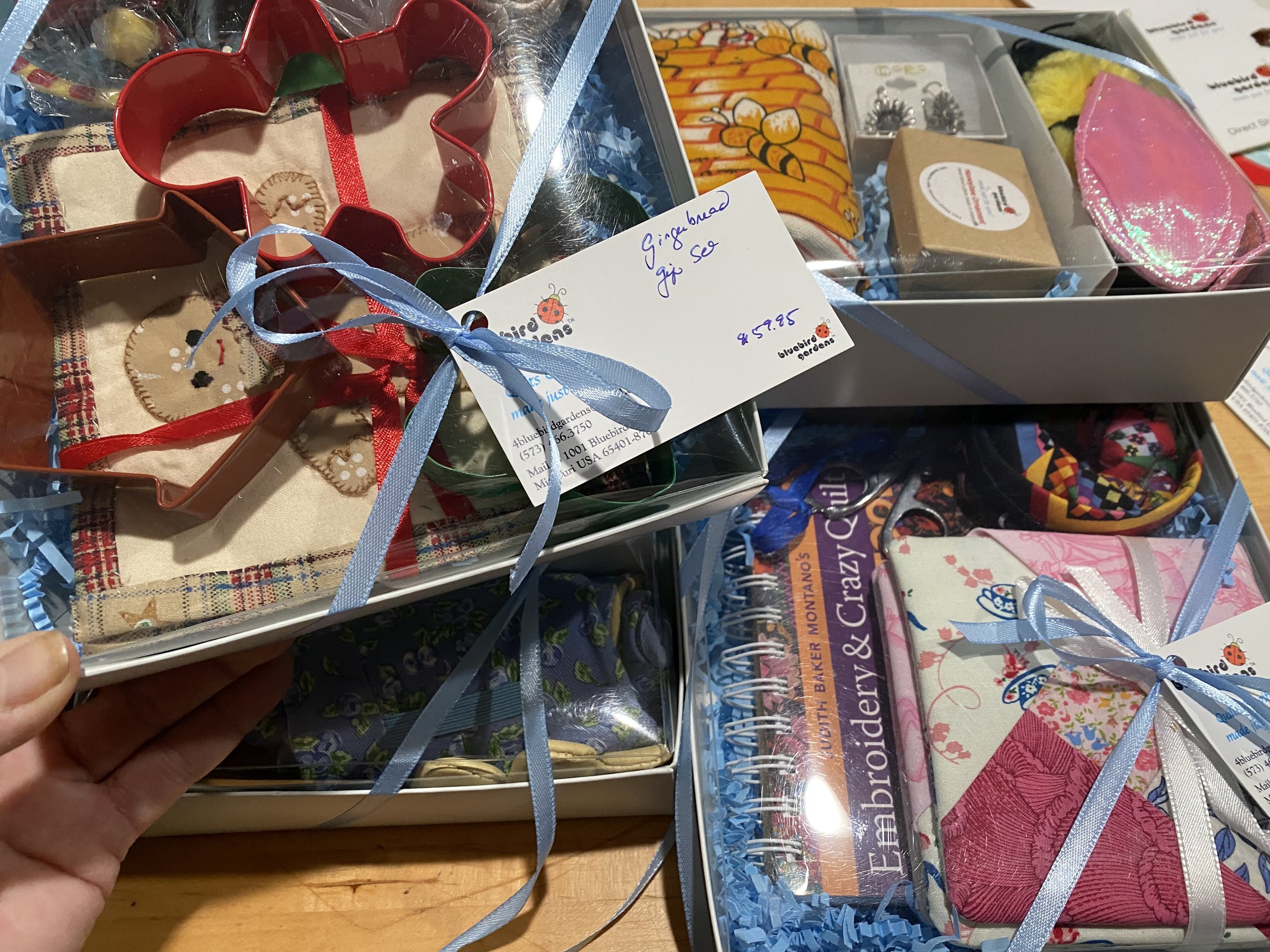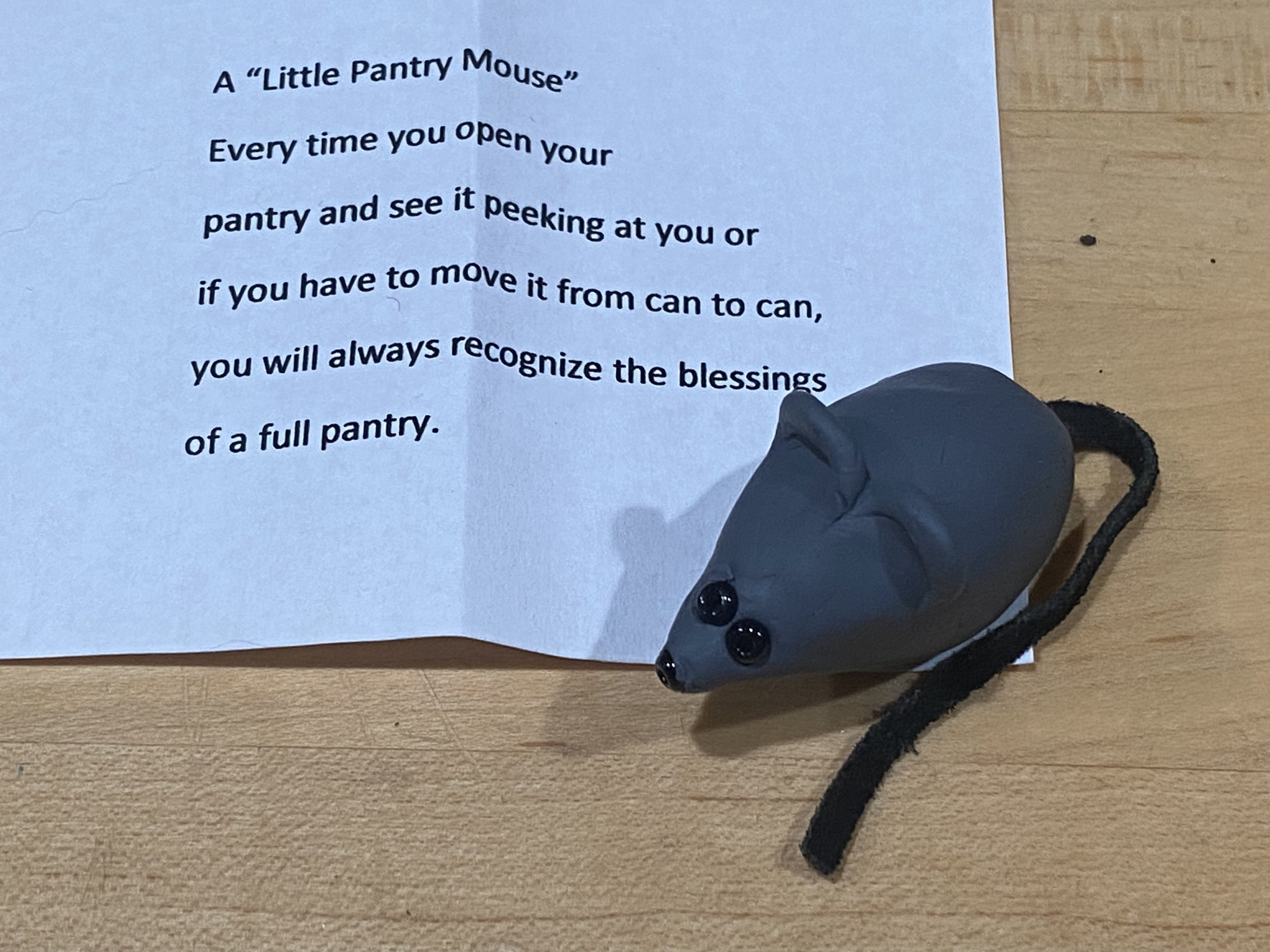How Christmas Cactus Got Its Name
/My over 40 year old Christmas cactus now in bloom. (Photo by Charlotte Ekker Wiggins)
Christmas Cactus
My largest Christmas Cactus has surprised me with blooms a couple weeks before Christmas. This plant was a gift from a fellow master gardener a couple of years ago who said she was running out of room to care for this at least 40-year old plant.
This is a true Christmas Cactus with rounded edges on the serrated leaves. A sub-species of cactus, these plants originated in shady, humid coastal mountains close to where I grew up in South America. In Brazil, these are know as May flowers since that’s when they bloom in their native setting.
There are a couple of interesting legends about how this Schlumbergera got its name of Christmas cactus.
Larry Hodgson, the man behind Laidback Gardener blog writes that the story comes from Brazil. As the story goes, a young boy prayed to God, asking for a sign of Christmas as a reprieve from the heat and humidity of the jungle. On Christmas Day, when he emerged from his hut, he saw that the jungle had filled with the flowering cacti overnight.
Another version of the story, which appears on the Flower Meaning site, claims that Father Jose, a Jesuit missionary, tried to teach the jungle natives of Bolivia about the Bible but struggled to gain their trust. On Christmas Eve, overwhelmed by the enormity of his task, he prayed to God for guidance. Suddenly, he heard the villagers singing a hymn he had taught them. When he turned, he saw the village children marching into the church with armfuls of bright flowers they had gathered for the Christ Child. These flowers became known as the Christmas cactus.
The original Christmas cactus was cultivated in Europe in 1818 prized for their long-blooming pink and white flowers. They fell out of favor by the mid 1800s.
In the 1950s, their cousin the Thanksgiving cactus was grown and is now the main species available for sale around the holidays.
The Thanksgiving cactus has little horns along the serrated leaves and is available in more colors besides pink and white.
This lovely white bloom belongs to a Thanksgiving cactus. (Photo by Charlotte Ekker Wiggins)
I grow mine in hanging baskets so I can easily move them outside in summer to hang in the shade of trees.
In their natural environment, they grow in tree limbs in the leaf and moss debris and are considered to be native wildflowers.
See the horns on the edge of the leaves? That identifies the Thanksgiving cactus. (Photo by Charlotte Ekker Wiggins)
My Christmas cactus is a little large to safely hang any more but hopefully I will still get it outside to spend summer in shade.
I finally found a good spot for it where it gets diffused sunlight and is away from traffic brushing against its leaves.
The “old” Christmas cactus is now in its final location and doing quite well. (Photo by Charlotte Ekker Wiggins)
Whatever variety you have, hope you enjoy their lovely blooms this holiday season.
For more tips on gardening, beekeeping, cooking and easy home decor, subscribe to my weekly Garden Notes.
Charlotte















